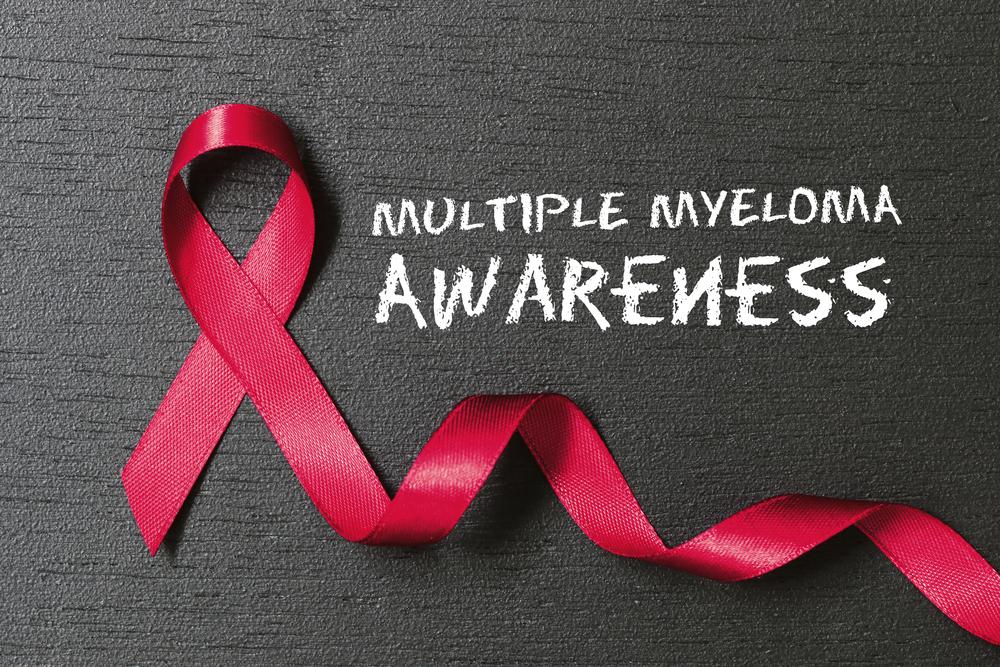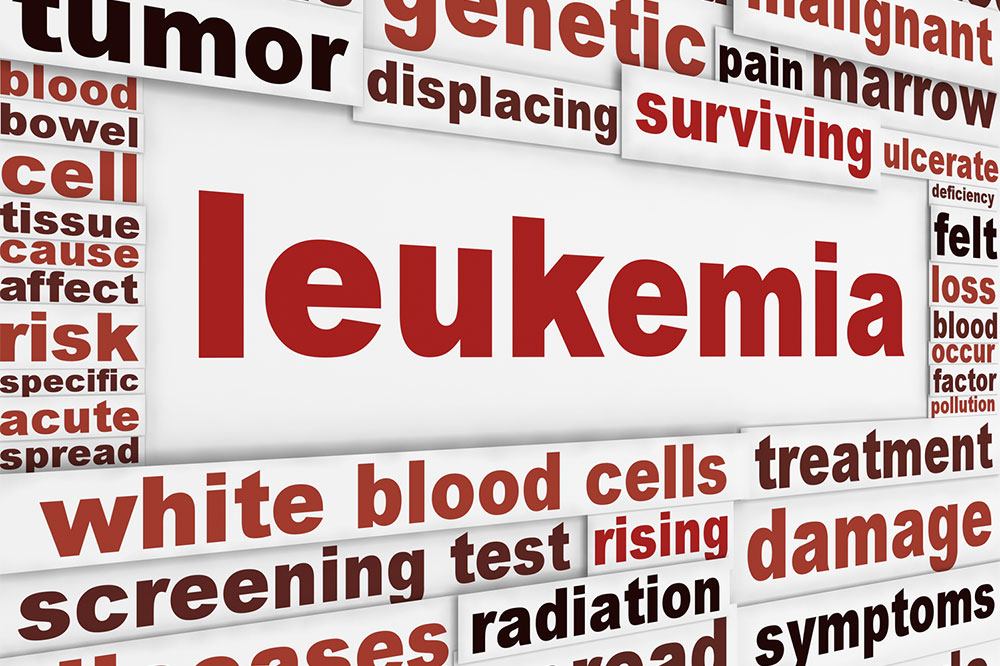Comprehensive Guide to Understanding and Managing Chronic Myeloid Leukemia (CML)
This comprehensive article explores chronic myeloid leukemia (CML), focusing on its causes, disease progression, symptoms, and modern treatments. It emphasizes the importance of early diagnosis, targeted therapies like tyrosine kinase inhibitors, and the potential role of stem cell transplants. With advances in medical science, the prognosis for CML has significantly improved, turning it into a manageable chronic condition for many patients. The article provides valuable insights into managing CML effectively and highlights ongoing research efforts aimed at discovering new treatment avenues.

Comprehensive Guide to Understanding and Managing Chronic Myeloid Leukemia (CML)
Chronic Myeloid Leukemia (CML) is a complex and serious type of blood cancer that originates in the bone marrow, the spongy tissue inside our bones where blood cells are produced. Primarily affecting adults, especially those over the age of 50, CML is characterized by the uncontrolled proliferation of abnormal white blood cells. While the exact causes of CML remain unclear, scientific research indicates that certain genetic mutations, particularly the Philadelphia chromosome translocation, play a crucial role in its development. These genetic alterations result from a reciprocal exchange of genetic material between chromosomes 9 and 22, leading to the production of an abnormal fusion protein that drives cancer growth.
Understanding the disease progression of CML is vital for early detection and effective management. The disease develops through three distinct phases: the chronic phase, the accelerated phase, and the blast crisis. The chronic phase, which can last several years, often presents with mild or no symptoms, making early diagnosis challenging. During this period, abnormal white blood cells proliferate but can often be controlled with targeted therapies. If untreated, the disease may progress into the accelerated phase, where the disease becomes more aggressive, and symptoms become more noticeable. Ultimately, severe cases may advance into the blast crisis phase, resembling acute leukemia, with rapid disease progression, severe symptoms, and poorer prognosis.
The underlying causes of CML have been extensively studied, and while environmental factors like prolonged exposure to radiation have been associated with increased risk, genetics remain the primary culprit. People exposed to radiation or certain chemicals may have a heightened likelihood of developing CML. However, in most cases, CML appears sporadically without clear external causes. Identifying risk factors can assist in vigilance and early screening, especially in high-risk populations.
Early diagnosis of CML is crucial because it significantly influences treatment outcomes and prognosis. Typically, diagnosis involves blood tests, including a complete blood count (CBC) that reveals elevated white blood cell counts. Confirmatory testing employs molecular techniques such as the polymerase chain reaction (PCR) and fluorescence in situ hybridization (FISH), which detect the presence of the Philadelphia chromosome. Bone marrow biopsies are also performed to assess cellular morphology and confirm diagnosis. Modern imaging techniques like ultrasound and CT scans can evaluate organ involvement and spatial changes caused by disease progression.
Once diagnosed, the mainstay of CML treatment involves targeted therapies that specifically inhibit the abnormal fusion protein produced by the Philadelphia chromosome. Tyrosine kinase inhibitors (TKIs), such as imatinib, dasatinib, and nilotinib, have revolutionized CML management, turning it from a once-fatal disease into a manageable chronic condition for many patients. These medications work by selectively blocking the abnormal enzymes that promote leukemia cell growth, thereby reducing white blood cell counts and alleviating symptoms.
While TKIs are highly effective, some patients may develop resistance or experience intolerable side effects. For such cases, alternative treatments include second- or third-generation TKIs, dose adjustments, or combination therapies. In patients who do not respond adequately to drug therapy, stem cell (bone marrow) transplantation may be considered. Although this approach carries substantial risks, it offers a potential cure by replacing the diseased bone marrow with healthy stem cells from a compatible donor.
Managing CML also involves regular monitoring through blood tests and molecular assays to assess the response to therapy and detect any signs of disease progression or relapse. Adherence to medication schedules is critical, as inconsistent treatment can lead to resistance and worsening condition. Supportive care, including managing side effects, maintaining nutritional health, and addressing psychological impacts, forms the backbone of comprehensive CML management.
Symptoms of CML vary depending on the stage of the disease. In its early, chronic phase, individuals may be asymptomatic or experience mild symptoms like fatigue, malaise, or night sweats. As the disease advances to the accelerated or blast phases, more severe symptoms emerge. These include persistent fatigue, unexplained weight loss, abdominal discomfort due to spleen enlargement, bone pain, easy bruising or bleeding, recurrent infections, skin lesions, visual disturbances, or neurological symptoms such as dizziness and ringing in the ears. In some cases, patients may present with severe complications such as stroke or massive organ involvement.
Recognizing these symptoms early and seeking prompt medical evaluation can make a significant difference. Routine screenings, especially for individuals with risk factors or family history, enable earlier detection and intervention. While a complete cure for CML remains elusive currently, ongoing advancements in targeted therapies and supportive care have dramatically improved survival rates and quality of life for many patients. Research continues to explore novel treatments, including immune therapies and gene editing, promising hope for future curative options.
In conclusion, understanding CML’s pathogenesis, progression, and management is essential for patients, caregivers, and healthcare providers. Advances in molecular diagnostics and targeted treatments have transformed the prognosis of a previously fatal disease into a manageable chronic condition. Early diagnosis, consistent treatment, and regular monitoring are vital for controlling disease progression, alleviating symptoms, and improving patient outcomes. With ongoing research and improvements in medical technology, prospects for effective management and potential cures continue to evolve, offering hope for a future where CML can be effectively controlled or cured.





